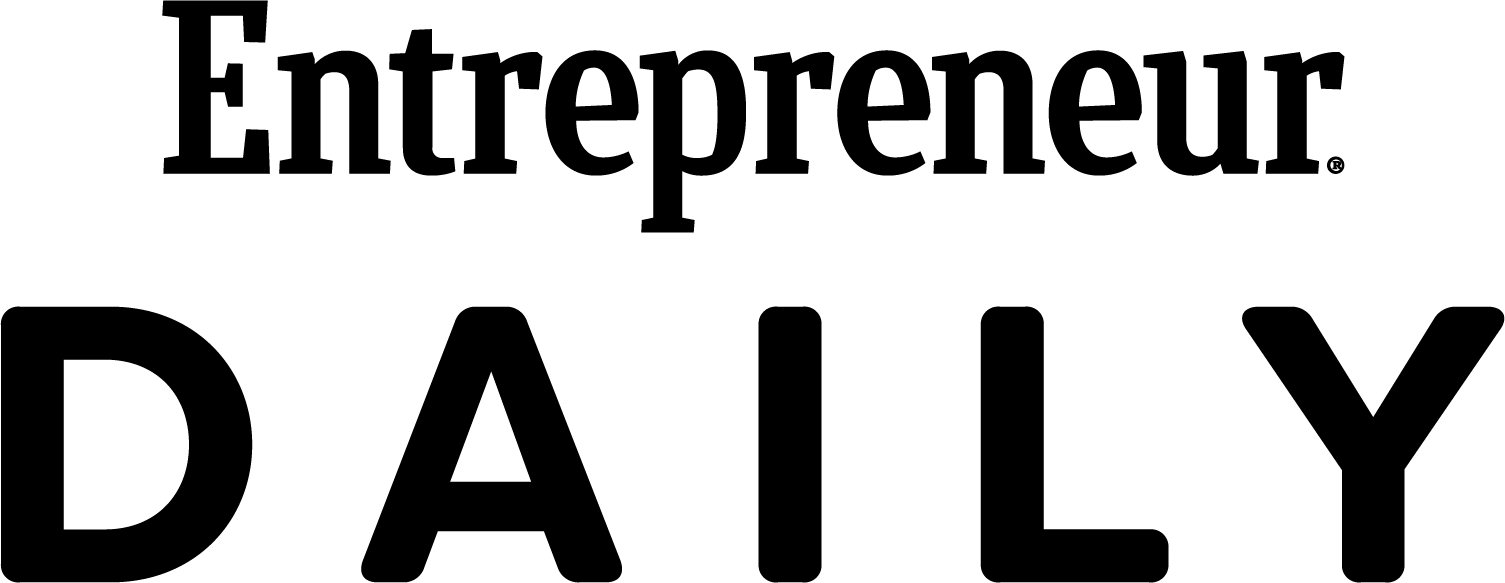A Case Study: Real-Life Business Planning A planning meeting should set the foundation for real strategy, not set forth the strategy itself. Find out how one company made the most of its two-day session.
By Tim Berry •

Opinions expressed by Entrepreneur contributors are their own.
I'm writing this the day after a two-day planning meeting for Palo Alto Software. It was the start of the company's annual planning cycle, plus a refresher for changed assumptions in a changed economy. Reflecting on the meeting now provides me with a great opportunity to explore a real-world, real-business example of how a planning cycle works.
I'm not trying to suggest that there's one right way to do this, or that this way is the right way. But with so much material out there on business planning written by consultants who don't actually run companies with more than a few employees, this seems like an opportunity to share what really happened, at least with this company, last month.
For the record, although I'm founder of Palo Alto Software, I no longer run it. Sabrina Parsons has been CEO for two years now. I'm still a full-time employee, but my new jobs as president are blogging, writing, speaking and teaching. I wasn't in charge of this meeting--I didn't set it up and I didn't run it. The company started in 1988 but really started growing in the mid-1990s; it now has 40-plus employees and multi-million dollar sales.
And of course I'm not going to include details about the discussions or anything else that might be inappropriate because of confidentiality. Here's what happened:
The Setup
The meeting was scheduled about a month in advance. It was held in a meeting room a few blocks away from the Palo Alto Software offices, in Eugene, Ore. They served coffee in the morning and lunch. The cost was $100 per day plus food for a nice meeting room on the top floor with a big conference table--very comfortable for the 10 key managers in attendance.
One of them was charged with setting up the agenda and facilitating the discussion. We met from 9:30 a.m. to 4:30 p.m., each day for two days.
The Ground Rules
This became very important, and was a big surprise. Ground rules: no cell phones, no laptops, no tablet computers, no BlackBerrys, no iPhones, no "devices." Gulp. I had no idea how much difference that makes these days. I've become an addict. At least seven of our 10 attendees suffered similar addictions. It was so hard to go from break to break without checking e-mail, Twitter, blog comments or Yahoo! Messenger. I suffered severe withdrawal symptoms.
More important, we were all focused on the meeting. I'd forgotten how for so many years meetings have been given off-and-on attention, at least for me, as I use my computer, making the arrogant assumption that I can actually focus on two things at once. I can't. My colleagues can't. Locking out all our devices made an enormous difference in improving this meeting.
Discussions
Following a planned agenda, we did a lot of SWOT (Strengths, Weaknesses, Opportunities and Threats) analyses: not just for the company, but also for each of our main product lines ( Business Plan Pro , Marketing Plan Pro , Email Center Pro ). From there we went into good, lengthy discussions about changed assumptions--the economic downturn, results of new releases, results of some recent projects and programs and long-term development maps. Eventually, we went over some specific action points and next steps.
Results
I think it's important to point out that the output of the two days isn't strategy. Strategy isn't really done in two days, and it isn't done by vote of consensus by the top management team, either. What you get is a really strong first step toward strategy; a refresher and review of past strategy, reminders of results and a team working together to formulate strategy.
In the end, strategy has to be developed by the leadership of the company. Good leaders listen, but they also lead. They watch for the problems of "group think," and they also watch that functional experts--product developers or web producers for example--have leadership roles related to strategy for their areas.
Ideally, this two-day meeting sets the foundations of strategy; and when that strategy is fully developed and articulated, everybody on the team recognizes where it came from.
This was a really good first step. Make sure your business is taking good first steps, too.











